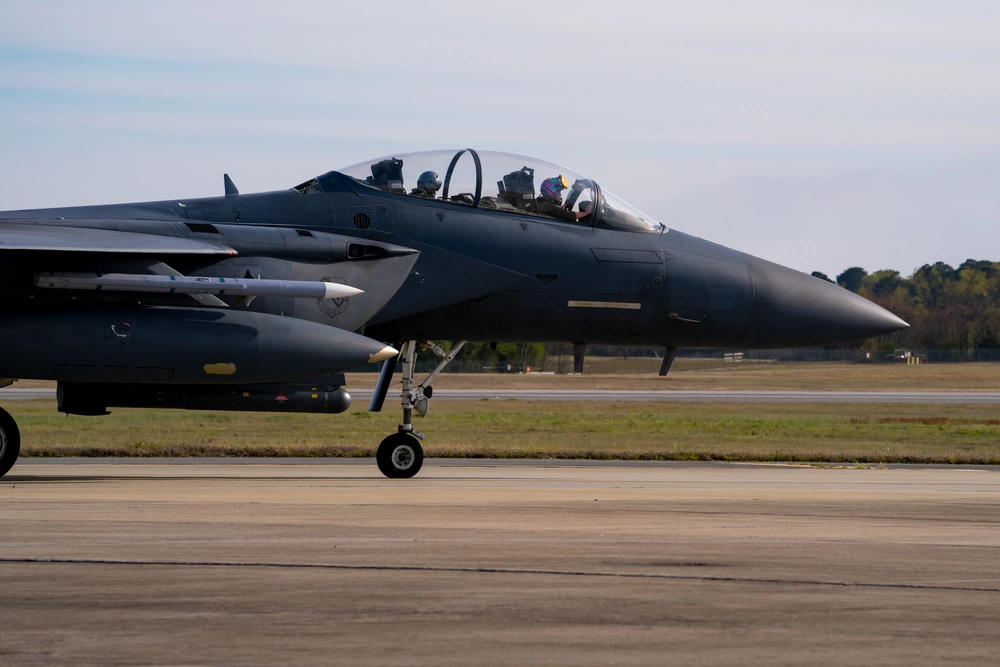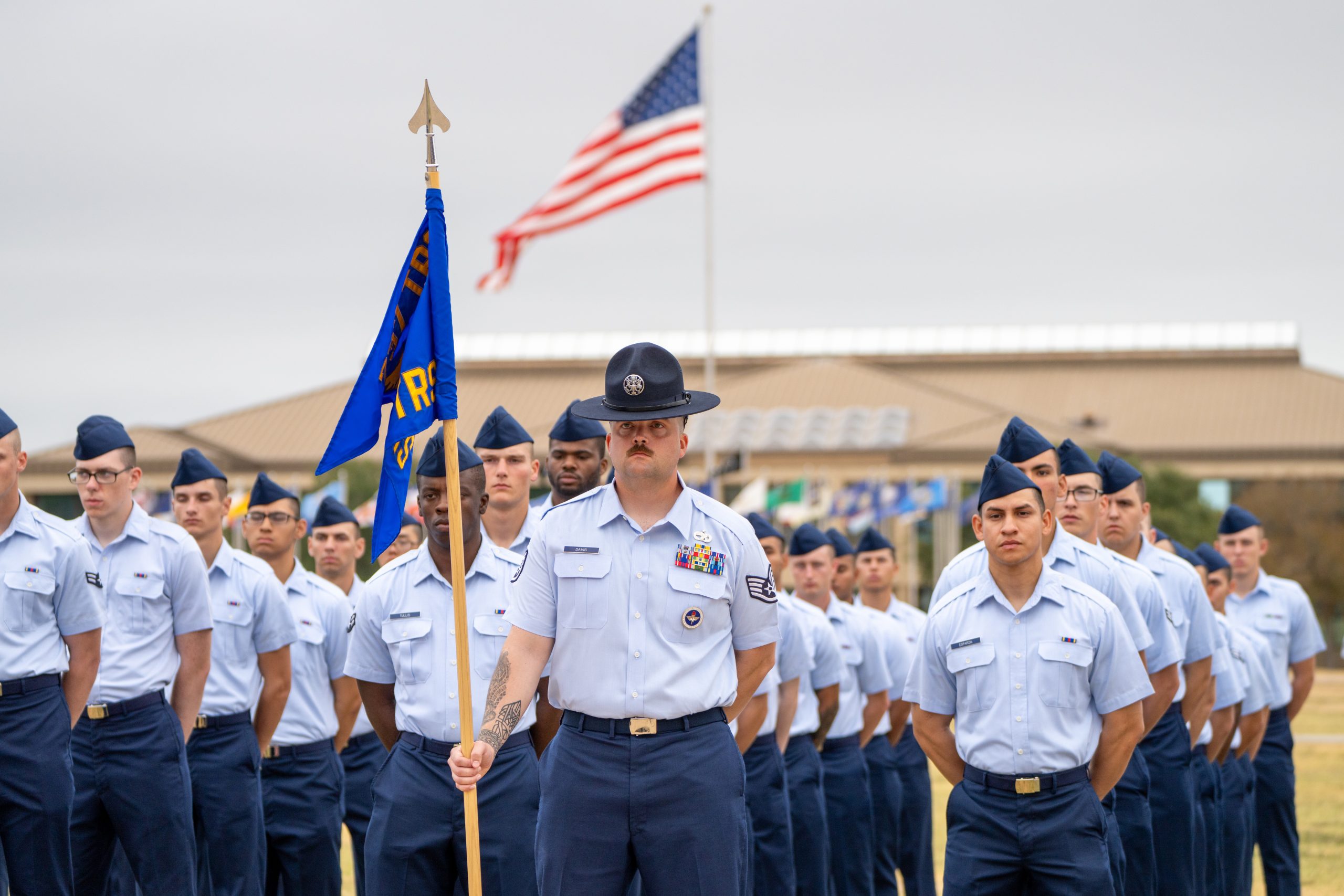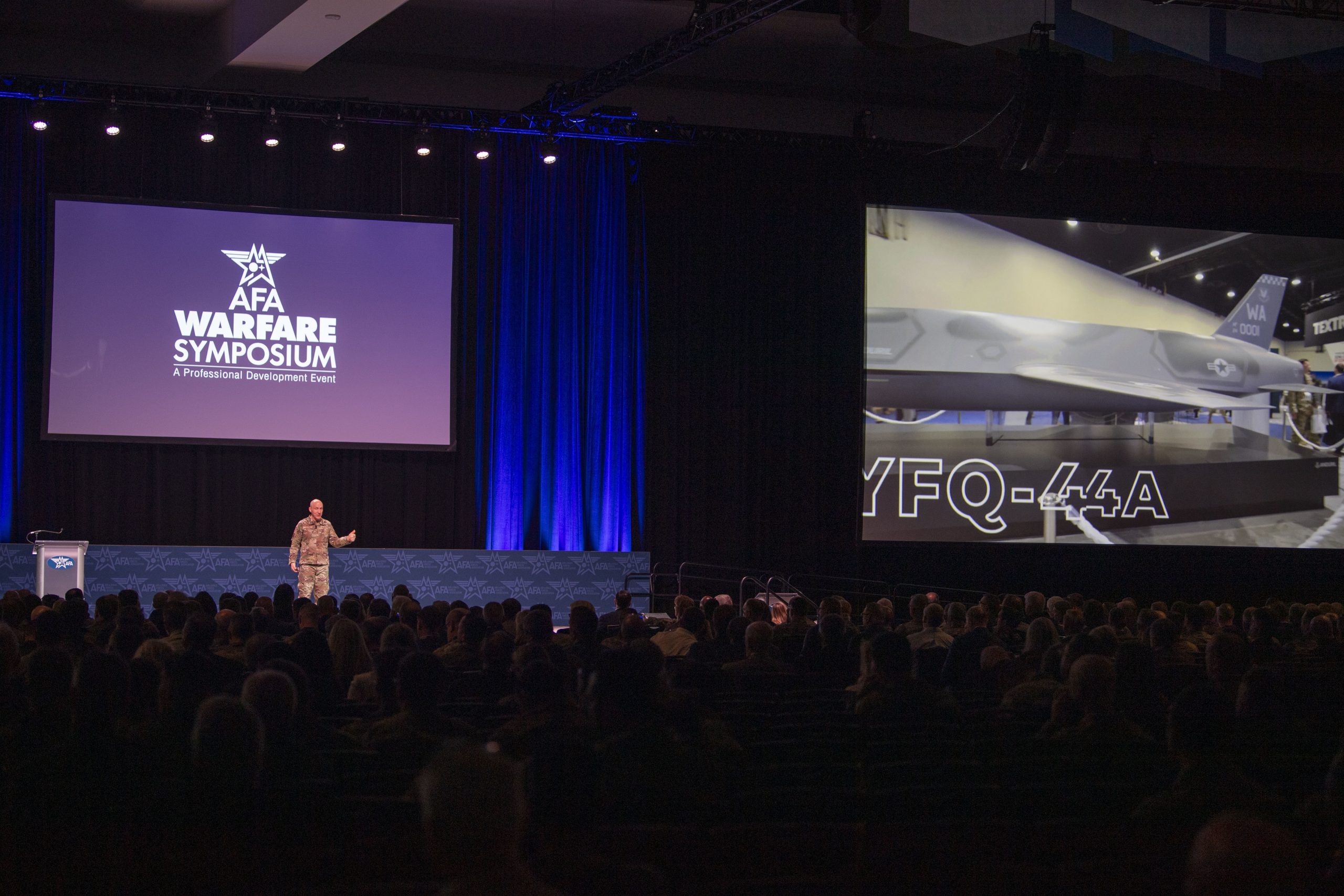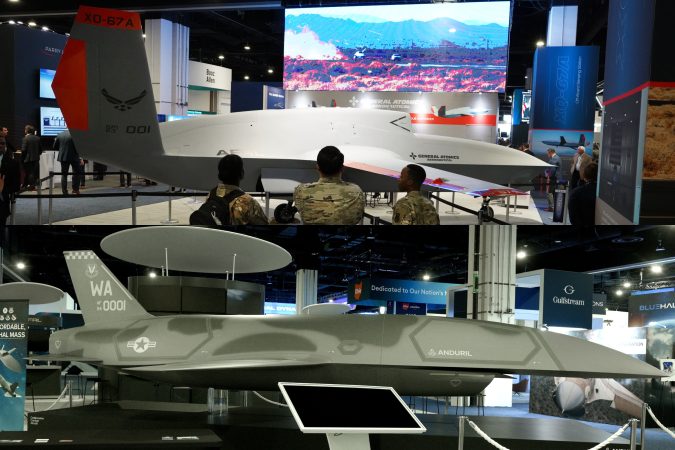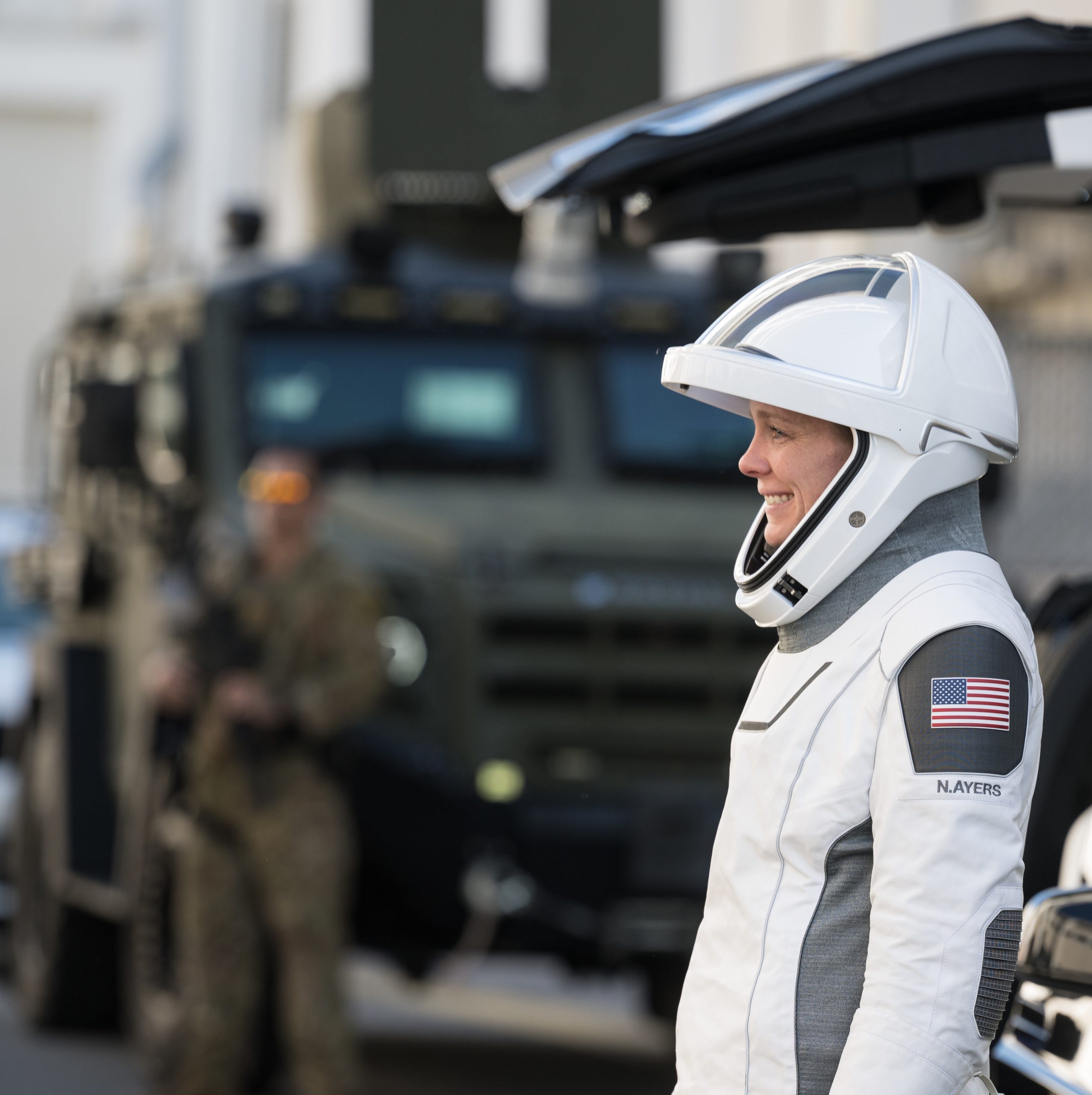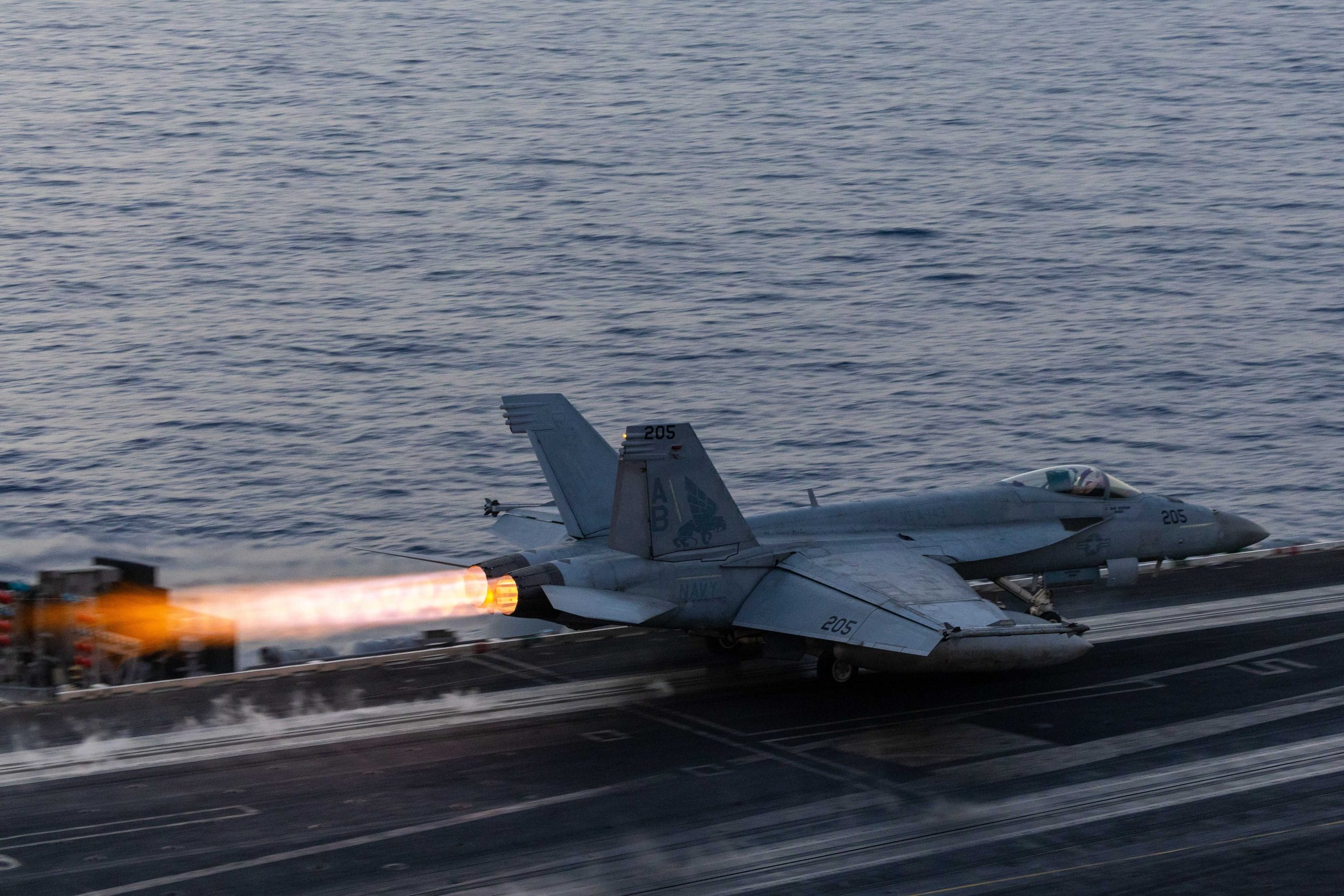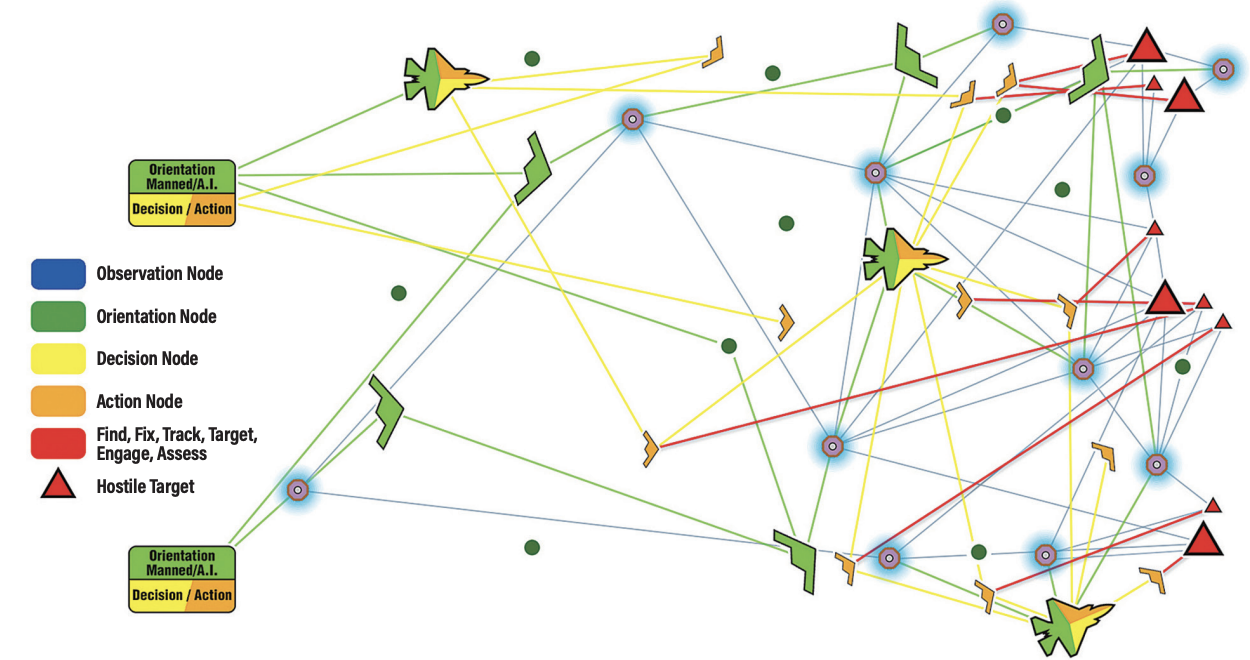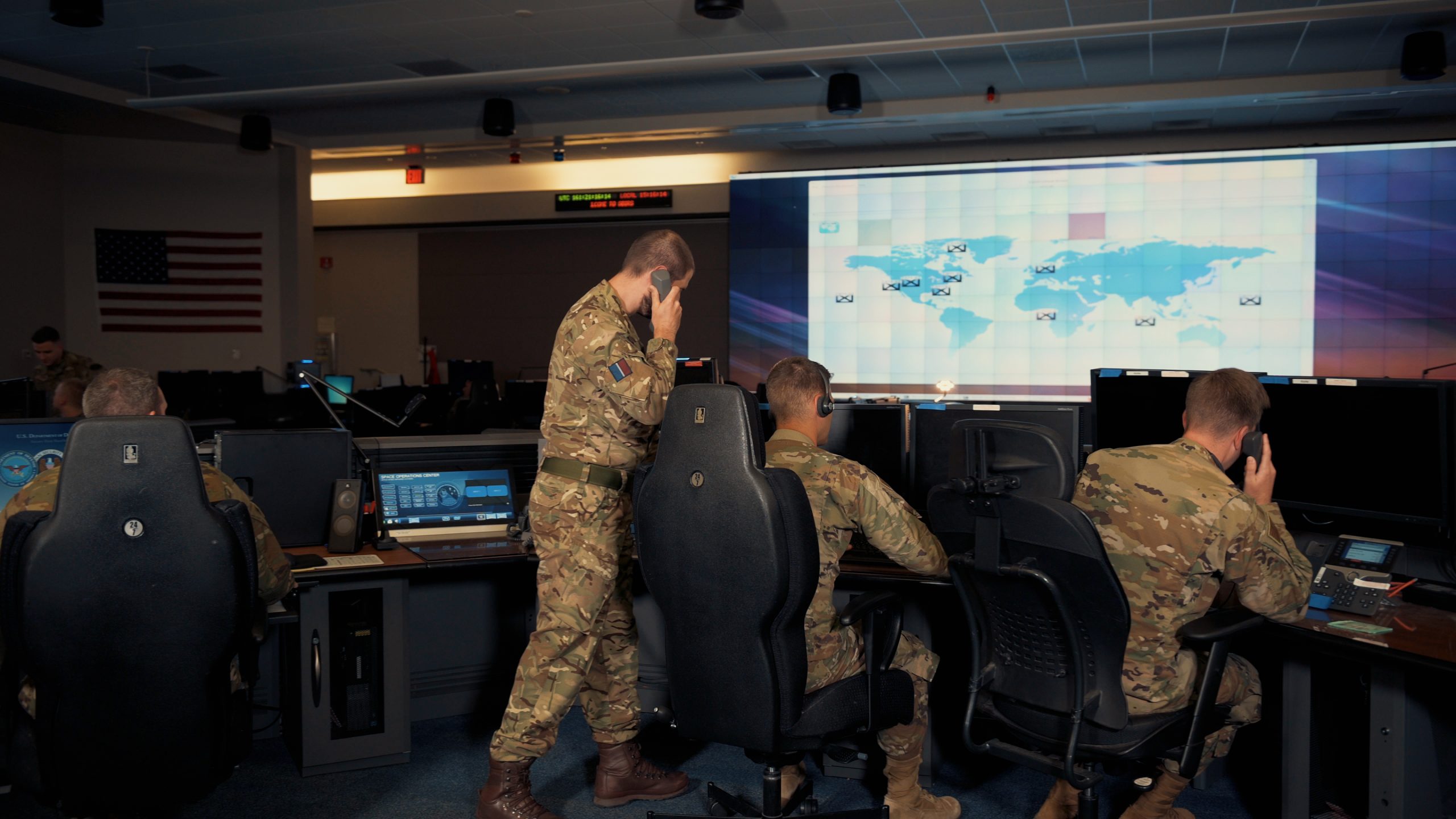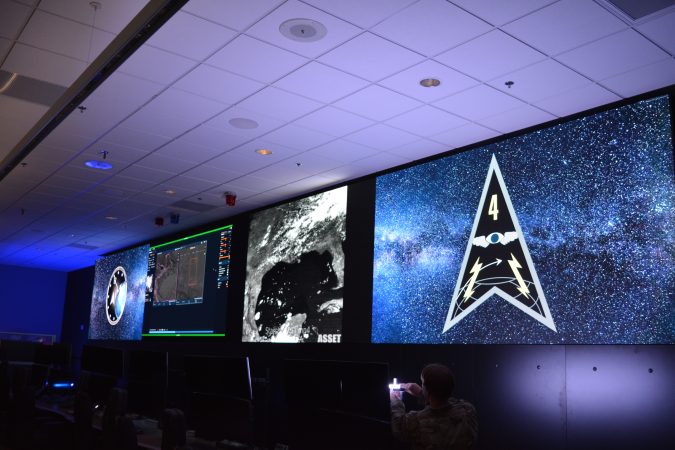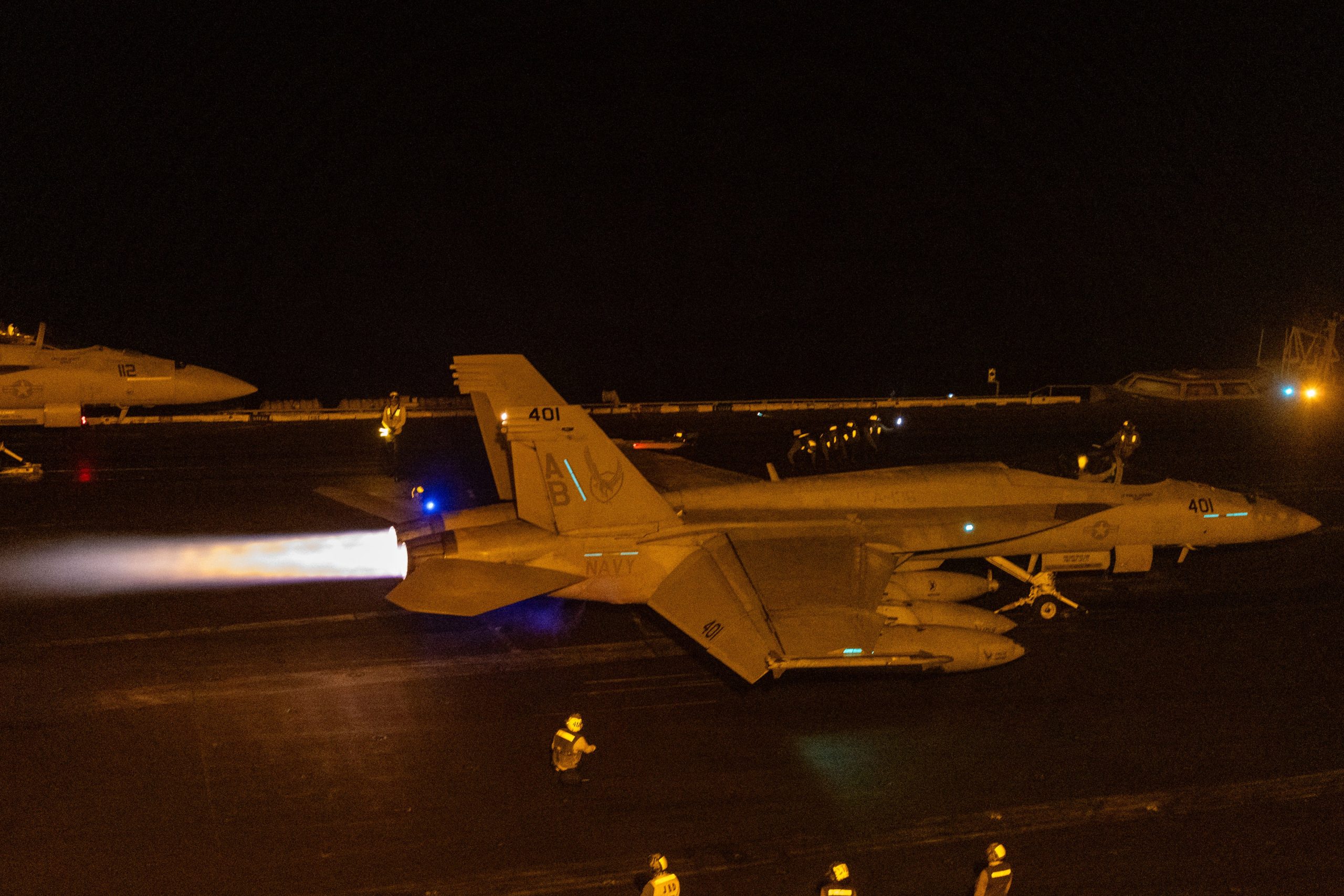Crew members on an F-15E Strike Eagle assigned to the 4th Fighter Wing were uninjured after making an emergency landing at Seymour Johnson Air Force Base, N.C., on March 18.
The crew was flying a training sortie when they declared an in-flight emergency and made an emergency landing at about 11:15 a.m., a base spokesperson told Air & Space Forces Magazine.
No other aircraft were damaged in the incident, which is currently under investigation, the spokesperson added.
A photo of what appeared to be a Strike Eagle resting on its belly was posted to the popular unofficial Facebook page Air Force amn/nco/snco on March 18, but the base spokesperson could not confirm if the photo was of the mishap aircraft.
The incident comes about seven months after a KC-46 tanker suffered a mishap while refueling a pair of Strike Eagles over California, damaging one of the fighters. Roughly a year ago, a T-6 trainer aircraft performed a “belly landing” with its gear up at Joint Base San Antonio-Randolph, Texas.
The Air Force has 218 F-15Es with an average age of 31 years, according to 2024 data. The jet’s latest mission capable rate stood at 55.44 percent, up slightly from 55 percent in 2023. An aircraft is “mission capable” when it is able to perform at least one of its several core missions. The Air Force does not disclose full-mission capable rates, which measure aircraft types’ readiness to conduct all assigned missions.
According to the service’s most recent flight statistics, the entire F-15 fleet, including C and D models, has averaged 1.6 Class A mishaps and 3.1 Class B mishaps per year over the last decades. Class A mishaps are ones that result in either $2.5 million in damages, death, or the destruction of an aircraft. Class B mishaps are ones that result in anywhere from $600,000 to $2.5 million in damages, permanent disabilities, or hospitalizations for three or more individuals.
This is a developing story and will be updated as more details become available.
